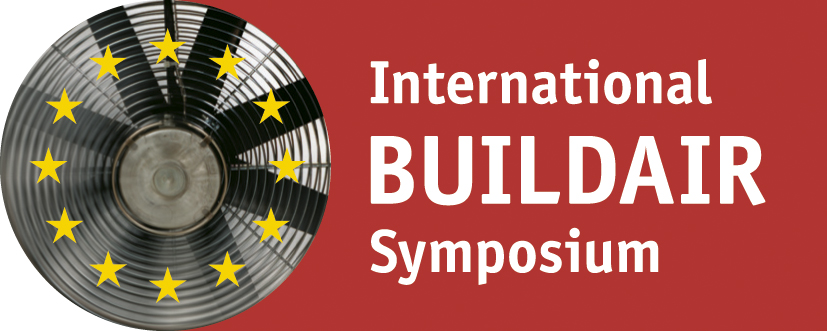Although there have been built about 20 sports halls with passive house standards by now, where the principles of residential houses and first experiences of built sports hall projects were used, but concerning the principles, there are still considerable gaps in the knowledge. In this article, questions concerning ventilation, heating and air tightness of highly efficient sports halls will be discussed. Unlike other types of buildings, sports halls possess a considerable higher ceiling height, which can lead at heat drop in conventional halls to considerable temperature layering. Furthermore, the concept of air heating in sports halls has fallen into disrepute because they are heated by circulation with high consumption of electricity. In this contribution, the impact of heating transfer on the vertical temperature profile will be examined. Favorably regarding investment costs is for sports halls projects the combined ventilation of halls and secondary room areas. With a central device both areas can be provided. An airtight construction of the building envelope is advisable, especially for sports halls.
Ventilation, heating and air tightness of passive house sports halls

Year:
2009
Bibliographic info:
4th International Symposium on Building and Ductwork Air Tightness - BUILDAIR (former European Blower Door Symposium), 1-2 October 2009, Berlin, Germany




